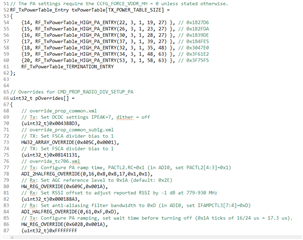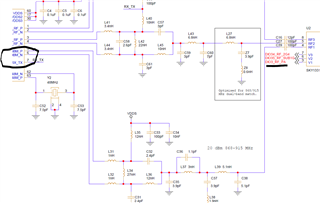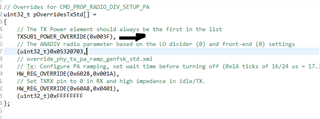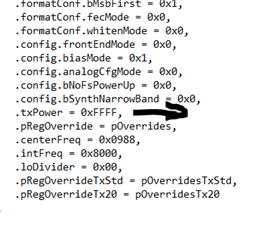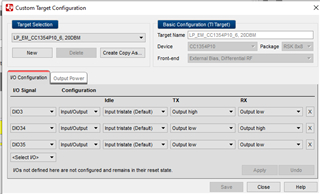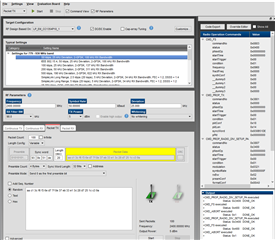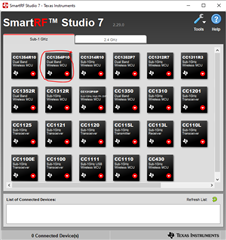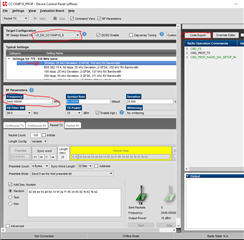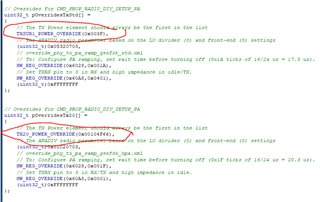Tool/software:
Hello EE,
I was trying to use the CC1354P10 radio in 2.4GHz band with custom protocol.
When I try to configure the radio using Smart Rf Studio > Proprietary, and then selected an available standard radio settings option and change the Frequency to 2400MHz. The moment I change the frequency, the PA option was greyed out. Is there anything I am missing here ?
Can 2.4GHz radio PA used with the proprietary protocol settings?
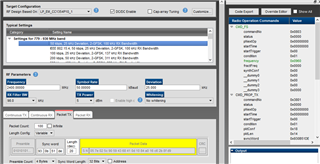
If yes, can you please help me in configuring the PA table? 2.4GHz 5dBm is working well for me. Thanks.
Satya Raji


